Auditing Assignment: Control Risk and Audit Testing
VerifiedAdded on 2023/02/01
|7
|607
|62
Report
AI Summary
This auditing assignment delves into the crucial concept of control risk assessment and its influence on the quality and methodology of audits. The report begins by outlining the four levels of control risk assessment (Low, Moderate, High, and Maximum) and emphasizes the importance of calculating audit hours in relation to each sample. It then explores how the choice of control risk affects audit quality, highlighting the auditor's reliance on a company's internal controls. The assignment further examines scenarios where control testing results contradict substantive testing, explaining the differences between the two and the implications of such discrepancies. The report also addresses the auditor's course of action when misstatements are found despite a low control risk assessment, emphasizing the need for further investigation and potential reporting of internal control deficiencies. The analysis underscores the importance of a thorough understanding of control risk in the context of audit procedures and financial statement accuracy.
1 out of 7
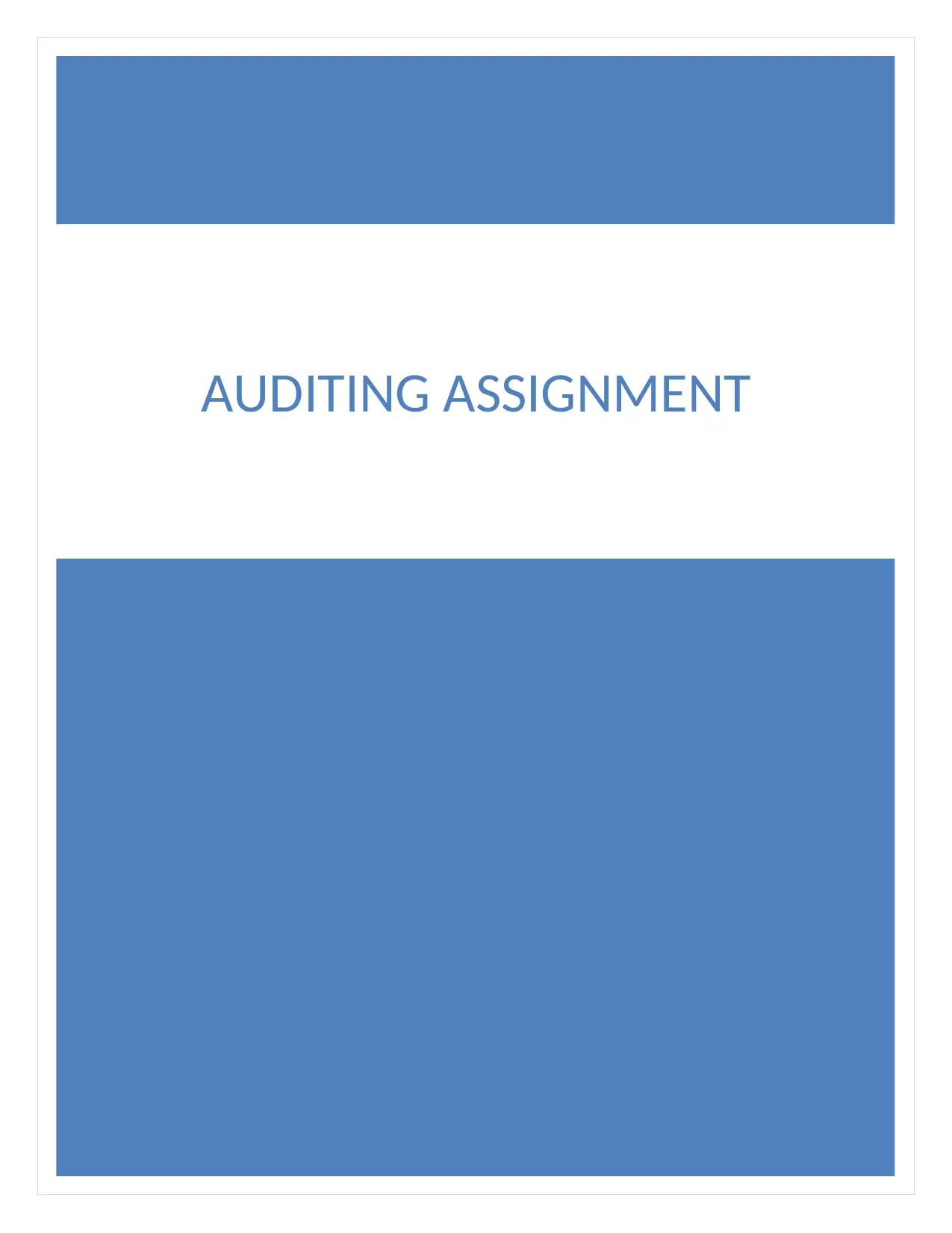
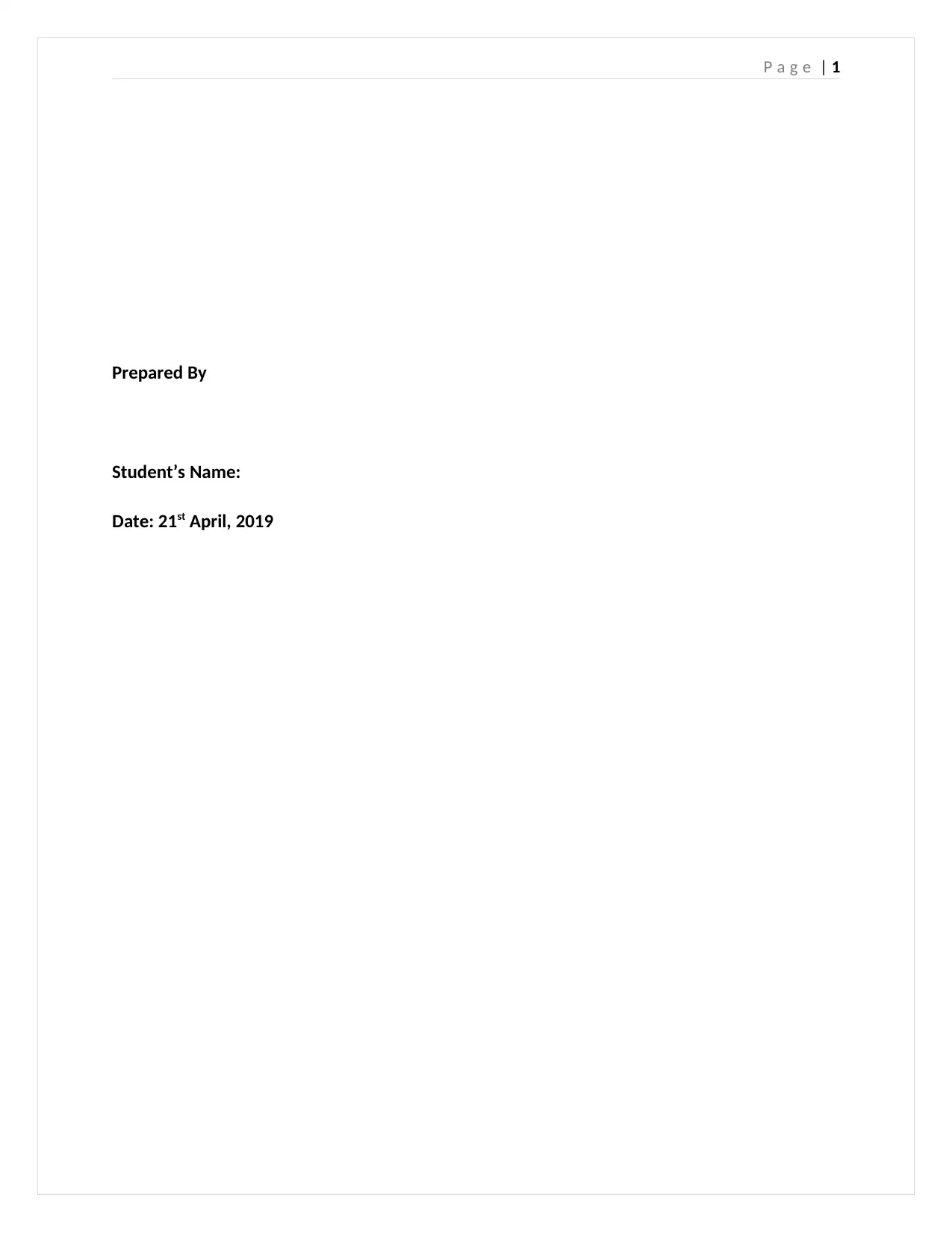
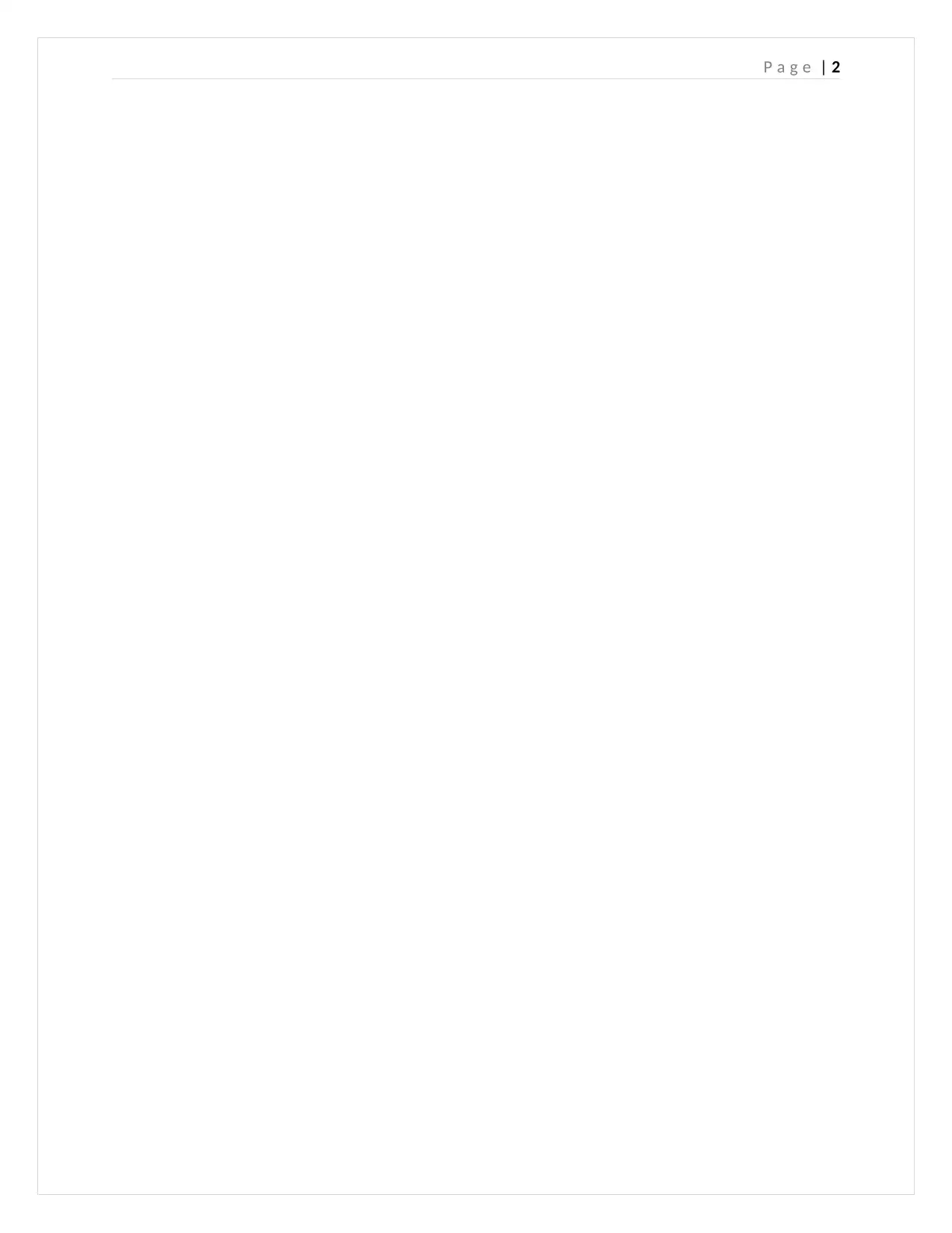

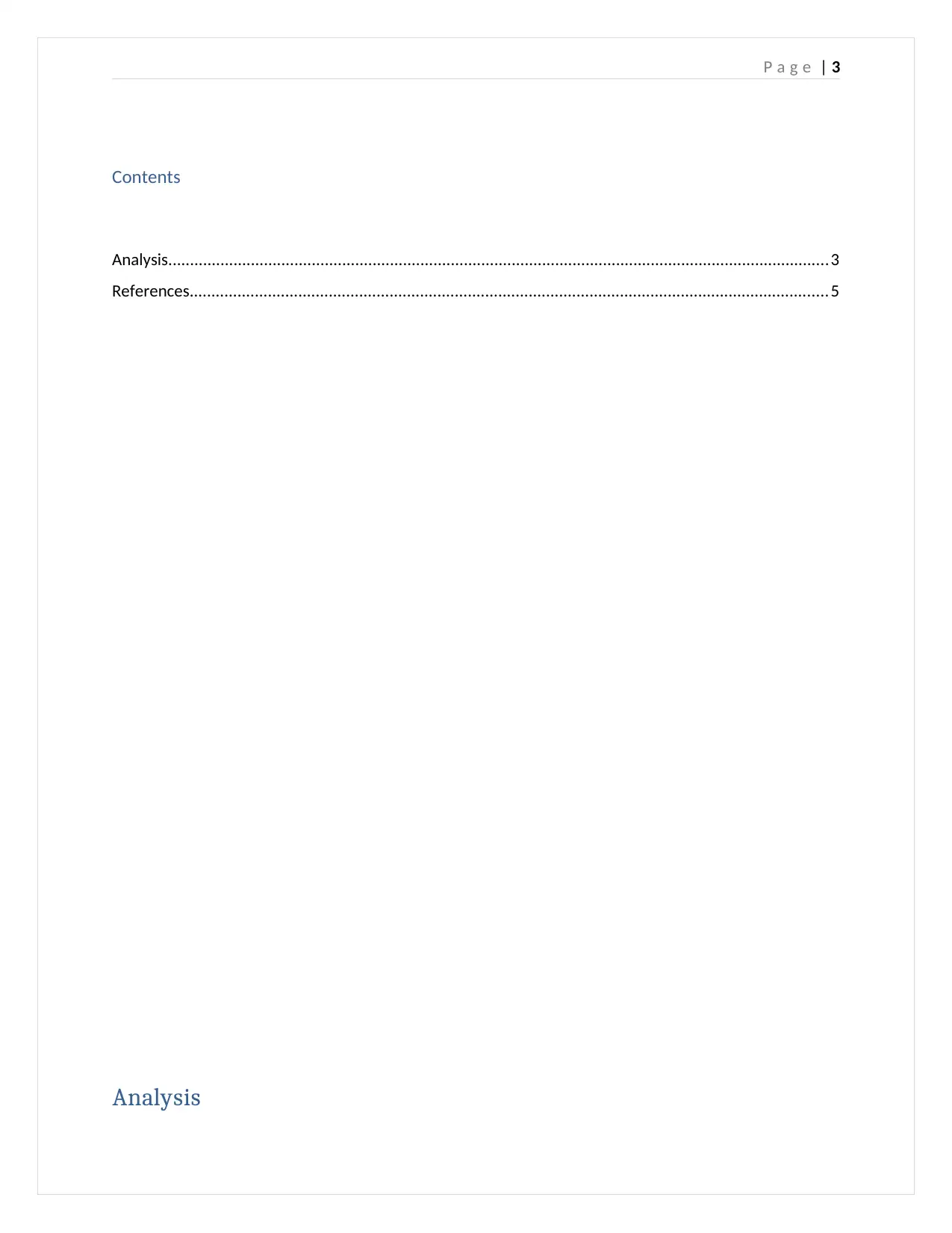
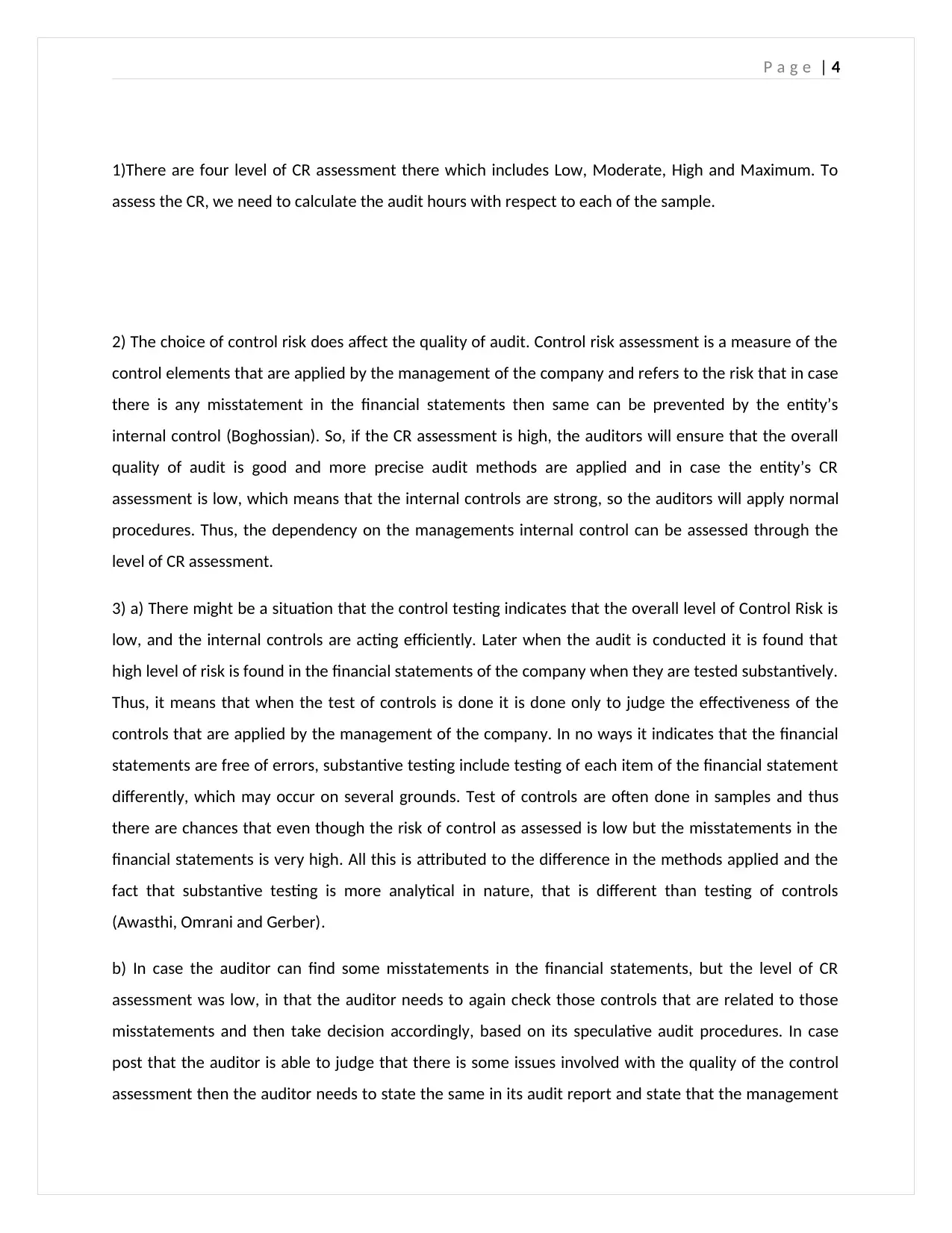
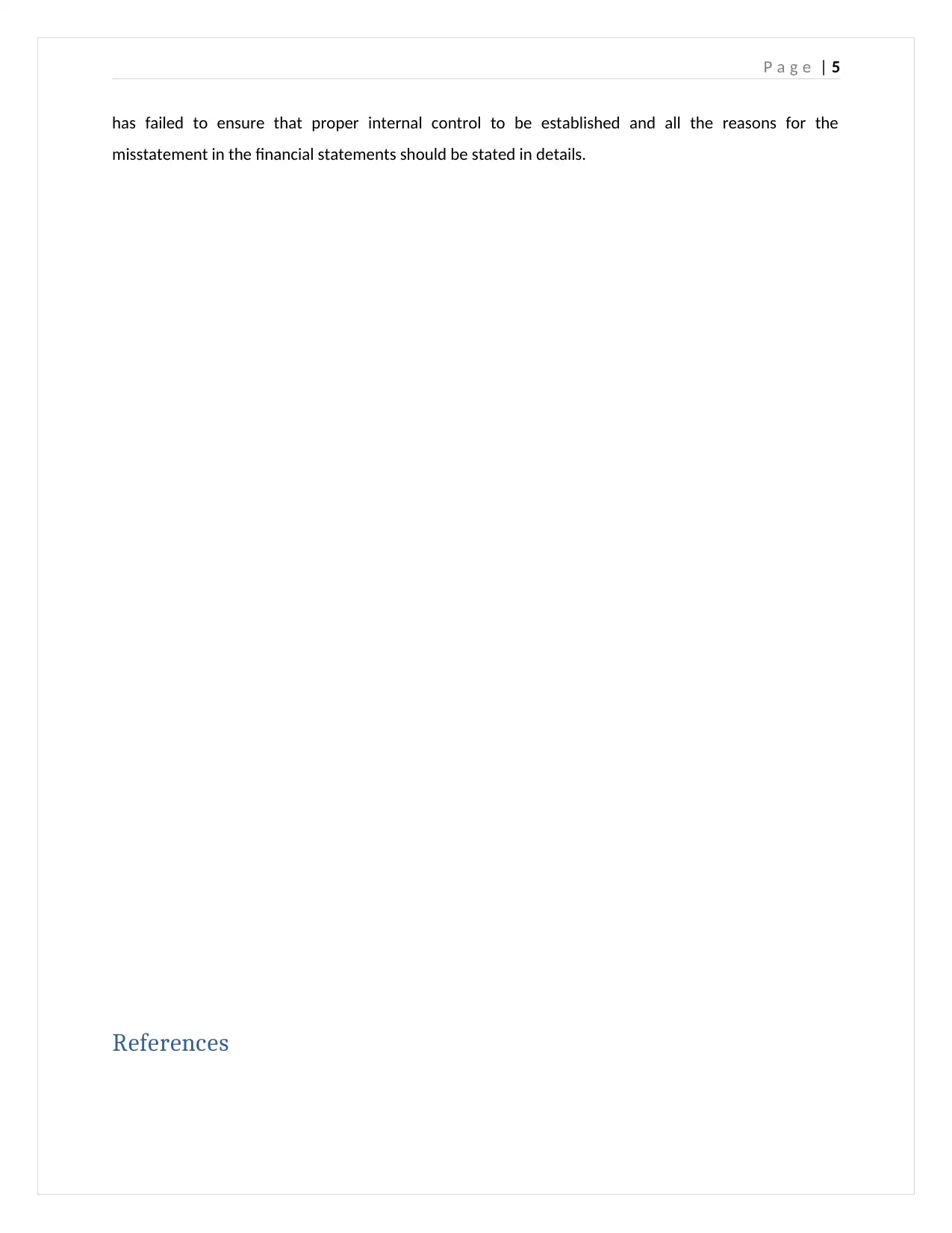
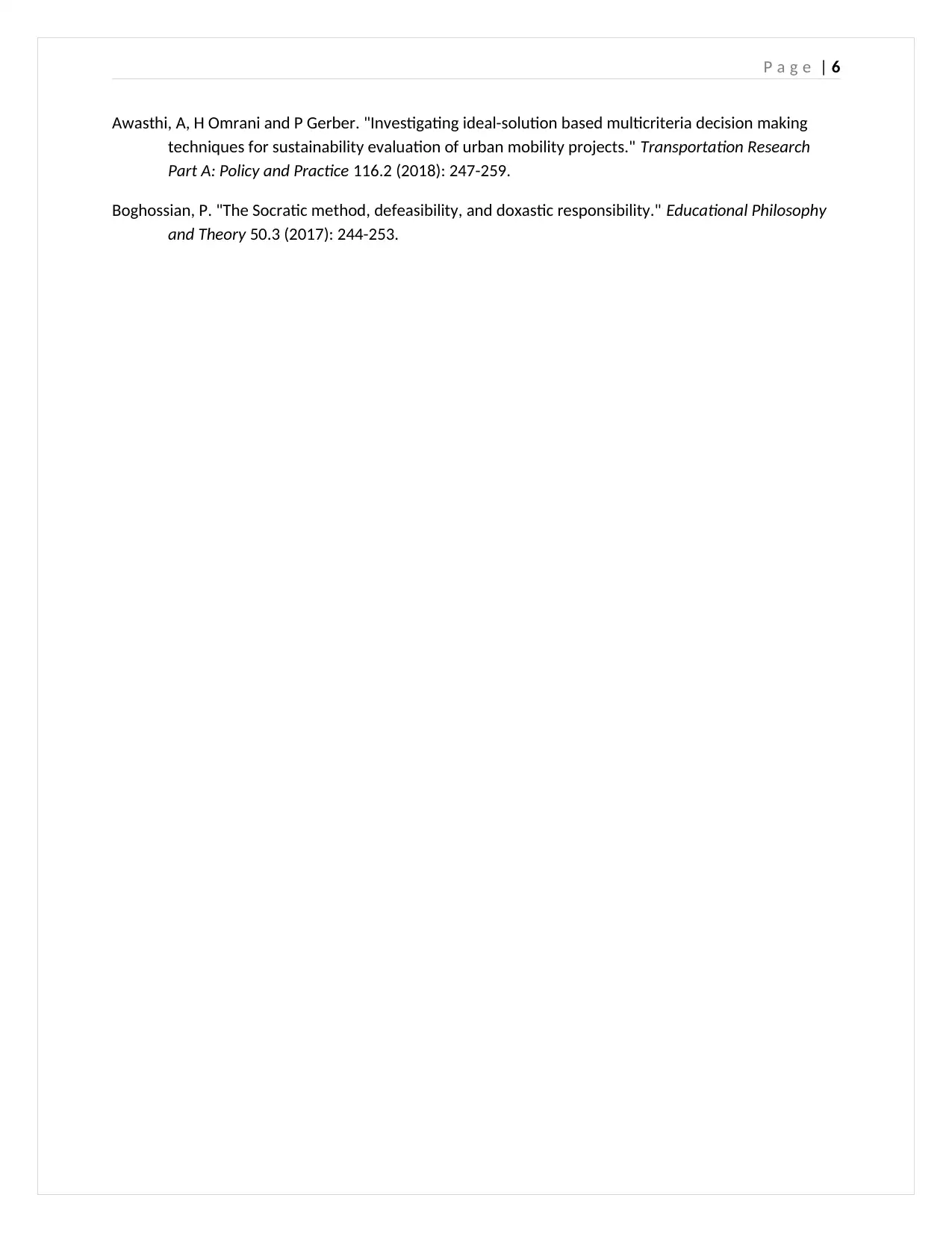






![[object Object]](/_next/static/media/star-bottom.7253800d.svg)